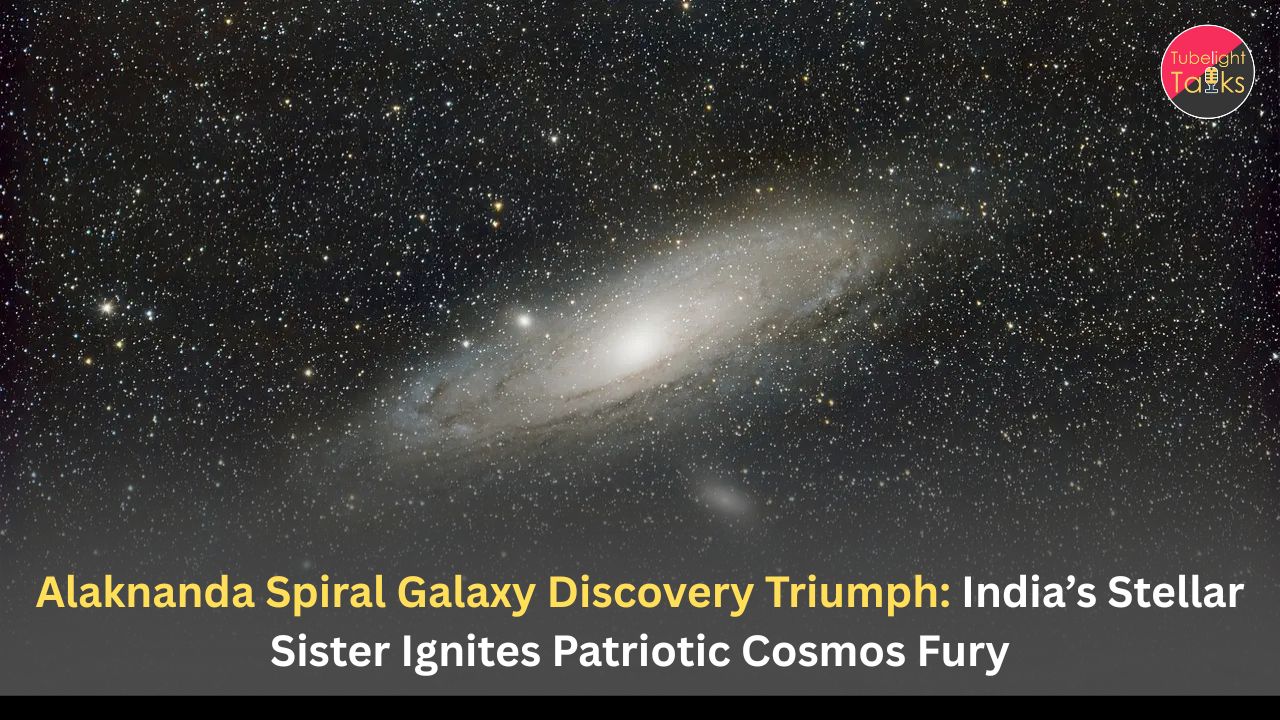ISRO Offers Advanced Data Products: In a major boost to global lunar science efforts, the Indian Space Research Organisation (ISRO) has released advanced polarimetric radar data products generated from its Chandrayaan-2 orbiter, which has been in lunar orbit since 2019. These new datasets provide unprecedented insight into the Moon’s polar regions, potentially identifying areas rich in water ice, understanding surface roughness, and characterizing subsurface electrical properties vital for future lunar exploration missions.
The Source: Chandrayaan-2’s Dual Frequency Synthetic Aperture Radar (DFSAR)
Unique Capabilities
- Chandrayaan-2’s orbiter carries the DFSAR, a radar instrument that works in L-band and full-polarimetric mode — a first in lunar science.
- It captures high-resolution images (25m/pixel) by sending and receiving radar signals in both vertical and horizontal polarizations.
What Makes DFSAR Special?
- Offers deeper penetration into lunar subsurface compared to optical or hyperspectral sensors
- Especially effective in shadowed polar regions where sunlight doesn’t reach
- Can detect subtle differences in surface composition and structure
Key Discoveries and Data Products
Over 1,400 Datasets Processed
ISRO has processed about 1,400 radar scenes, covering 80° to 90° latitude in both hemispheres, to create polarimetric mosaics — stitched, composite images with rich scientific parameters.
What the Data Reveals:
- Circular Polarization Ratio (CPR):
- High CPR values may signal the presence of water-ice.
- Crucial for targeting future landing zones for human and robotic exploration.
- High CPR values may signal the presence of water-ice.
- Single bounce Eigenvalue Relative Difference (SERD):
- Indicates surface roughness, assisting in selecting safe landing or rover deployment areas.
- Indicates surface roughness, assisting in selecting safe landing or rover deployment areas.
- T-Ratio:
- Connected to the dielectric constant, which tells us about material density and porosity.
- Connected to the dielectric constant, which tells us about material density and porosity.
- Polarimetric Decomposition Parameters:
- Distinguishes between various scattering types like Odd-bounce, Even-bounce, Volume, and Helix, offering nuanced understanding of lunar surface composition.
- Distinguishes between various scattering types like Odd-bounce, Even-bounce, Volume, and Helix, offering nuanced understanding of lunar surface composition.
Why This Data Matters
Scientific and Strategic Significance
- The Moon’s polar regions are thought to hold ancient clues to solar system evolution due to minimal environmental disturbance.
- Water ice detection is a game-changer for sustainable lunar bases, offering drinking water, oxygen, and hydrogen fuel potential.
“This is not just academic. These datasets are stepping stones to future Moon missions and even Mars,”
Open Access to Researchers
Where to Access the Data
ISRO has made the Level 3C Polar Mosaic data products freely available on the following platforms:
These tools allow scientists and space researchers to visualize, download, and interpret the radar datasets.
Enhancing India’s Global Space Leadership
This initiative aligns with:
- India’s growing role in planetary exploration
- The global scientific push for data transparency and collaborative lunar research
- Strengthening ties with space agencies like NASA, ESA, and JAXA, who are also targeting the Moon’s poles for their upcoming Artemis and LUPEX missions
Beyond the Moon: Seeking Truth in Outer and Inner Space
The quest to explore the Moon mirrors humanity’s deeper search for the truth of existence. According to Sant Rampal Ji Maharaj, true knowledge (Sat Gyaan) is not just about exploring space — but also the inner universe of the soul.
“Real science is discovering the Creator who made this vast cosmos. Knowing Him is the highest knowledge.”
While ISRO scans the lunar poles for water and secrets of evolution, Sant Rampal Ji Maharaj’s teachings urge us to explore spiritual dimensions, the purpose of life, and the Supreme God who governs all celestial bodies. As science unravels the physical universe, spirituality unveils the eternal truth of the soul.
Learn more at JagatGuruRampalJi.org or watch in-depth discussions at YouTube Channel
Call to Action: Engage With India’s Space Future
How You Can Contribute to Space Research
1. Explore the Open Data
Visit ISRO’s PRADAN and CH2 portals to download polar mosaics and participate in lunar analysis.
2. Follow ISRO Updates
Stay tuned to ISRO’s official website and social media for mission releases and data drops.
3. Promote STEM Education
Encourage students and professionals to pursue careers in astro-science, data modeling, and satellite imaging.
4. Combine Science with Spiritual Wisdom
Balance technological curiosity with spiritual grounding — seek answers both among the stars and within.
Read Also: ISRO’s PSLV-C61 Mission Fails to Deploy EOS-09 Satellite
FAQs on ISRO Offers Advanced Data Products
1. What is DFSAR?
It’s the Dual Frequency Synthetic Aperture Radar onboard Chandrayaan-2, capturing high-resolution radar images in L-band with full polarization.
2. What are the main data products released?
Polarimetric mosaics showing parameters like CPR (for ice), SERD (surface roughness), T-Ratio (dielectric constant), and decomposition maps.
3. Is the data free to access?
Yes. ISRO has made the datasets freely accessible via PRADAN and CH2 MapBrowse.
4. Why are the Moon’s poles important?
They may contain water ice, untouched minerals, and clues to early solar system chemistry — crucial for future colonization.
5. Who developed these datasets?
Scientists from ISRO’s Space Applications Centre (SAC), Ahmedabad using fully indigenous algorithms and processing tools.
6. What missions will benefit from this data?
Upcoming ISRO missions (like LUPEX) and international efforts (Artemis, ESA Lunar Gateway) will benefit from this comprehensive data.










